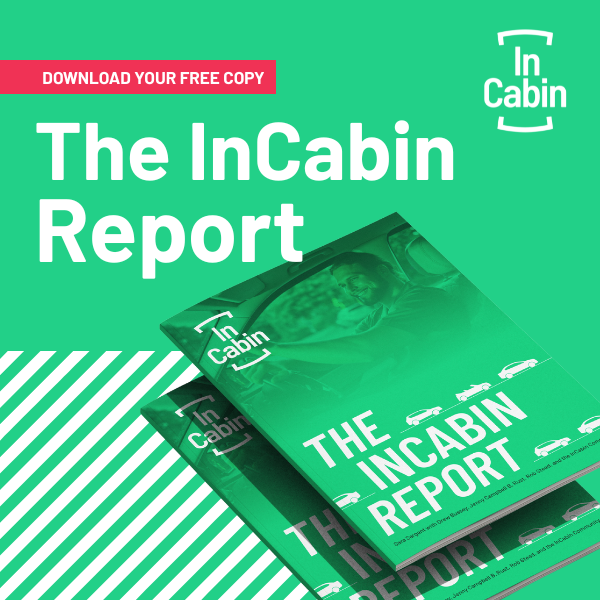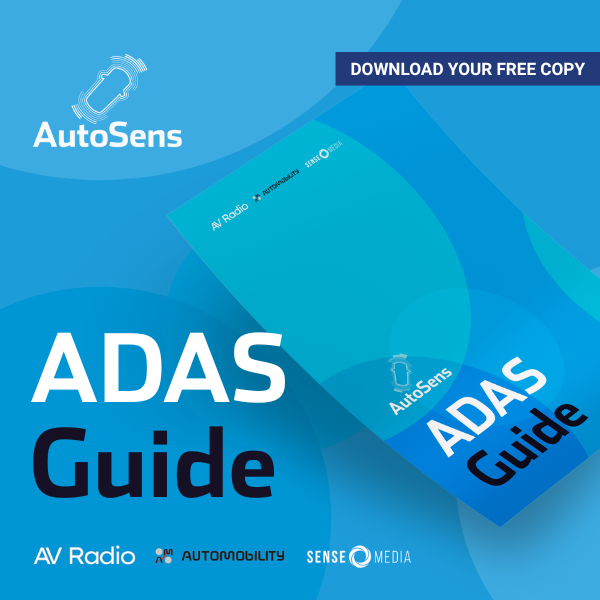In this article “Reaching Across the Research-Practice Gap at InCabin 2025,” Dr. Michael A. Nees, Professor of Psychology at Lafayette College, delves into the persistent disconnect between academic research and practical application in in-cabin automotive technology.
He highlights how designers and engineers often find academic findings too abstract, while researchers feel their work is overlooked in real-world scenarios. Drawing on studies like those by Estefania Arteaga and colleagues at Griffith University, Nees explores the mutual misunderstandings fueling this divide. He advocates for collaborative efforts, emphasizing that bridging this gap is essential for developing safe, effective, and user-friendly in-cabin systems.
*Exclusively for Full Pass Holders
Tuesday 10th June | 2:00pm EDT | Room 140 A-B
Tutorial: Audio Feedback for In Cabin HMIs: Challenges and Best Practices
Fields from healthcare to management often lament the “research-practice gap,” and this rift undoubtedly shows up in R&D for in-cabin automotive applications. Designers and engineers at OEMs and suppliers find academic research to be too abstract and theoretical to be useful, and frustrated researchers feel their relevant science goes ignored in the real world.
Why is there a divide between research and practice? Estefania Arteaga and colleagues at Griffith University in Australia conducted a comprehensive analysis of the gap across different fields. They made some interesting observations. On the research side, the gap is driven by insufficient understanding. Researchers may lack access to the industries that could benefit from their findings, and they may not think such connections are relevant. On the practice side, the gap is driven by a lack of perceived value of research, as well as a lack of capacity and institutional support for busy engineers and designers to engage with the research literature.
I’m a researcher, but I get why engineers and designers might not see value in engaging with research. Science moves relatively slowly. Scientific findings can be ambiguous. Researchers are trained to emphasize the limitations and uncertainties in their findings. Engineers and designers, on the other hand, want a solid answer now. They must resolve novel problems quickly with “yes” or “no” decisions, implement those decisions, and live with the consequences, while the researchers are going on about sample sizes and confidence intervals. Researchers prefer a cumulative and cautious approach, which doesn’t mesh well in a world of moving fast and breaking things.
Still, maybe researchers could speed it up a bit? And maybe practitioners could pump the brakes once in a while to take in the evidence from science? To take an example from my own work, I recently published a comprehensive analysis of research on the design of lane departure warnings. Across many studies, results showed that people respond more quickly to warnings that use either haptic (e.g., steering wheel vibrations) or auditory-haptic (e.g., steering wheel vibrations plus a sound) alerts as compared to warnings that use only a sound. The development and deployment of ADAS with lane departure warning systems allowed me to ask this research question. And my results offer a heuristic guideline for engineers: current evidence suggests that haptic or auditory-haptic warnings are a better choice than just sounds for lane departure warnings. (If you’re interested in talking more about this, consider joining me for my workshop titled “Audio Feedback for In-Cabin HMIs: Challenges and Best Practices” on June 10th!).
We know that negative consequences of the gap include missed opportunities to apply evidence-based solutions, which can have downstream effects on product viability and even safety. So it’s worth continuing the dialogue to reach across the gap. Researchers and practitioners need each other.
How can we begin to reach across the research-practice gap? Arteaga’s research showed that sharing knowledge and understanding the context of each others’ work are common approaches to bridging the gap. Spaces like InCabin offer a vital opportunity to come together as researchers and practitioners for everyone’s mutual benefit. These conversations will drive the development of safe, effective, and enjoyable in-cabin technologies.
Interested in exterior sensing technology?
With a pass to InCabin USA, you’ll also gain access to our co-located sister event, AutoSens. Explore the AutoSens Agenda here >>




